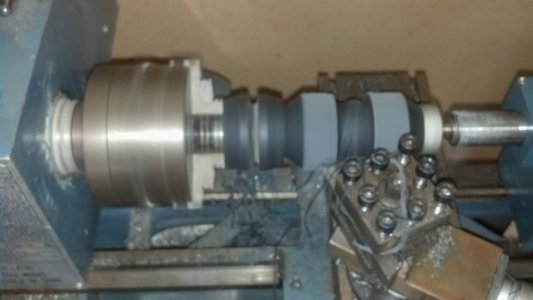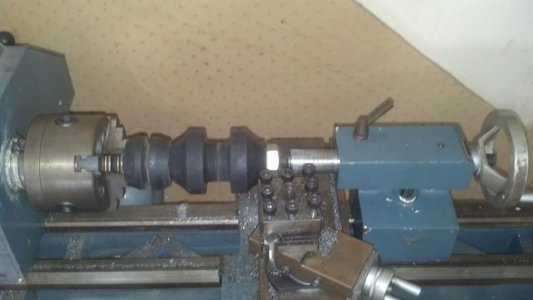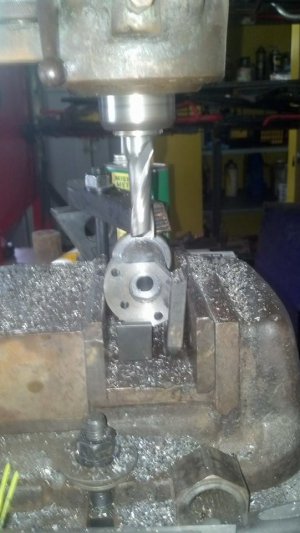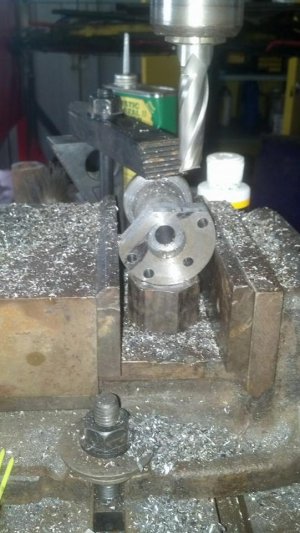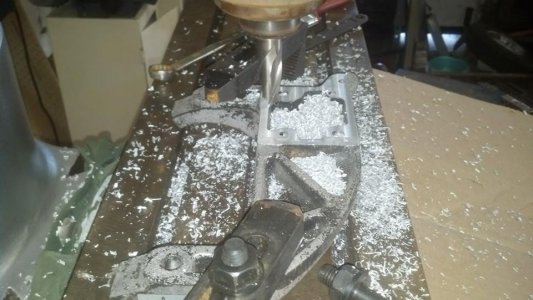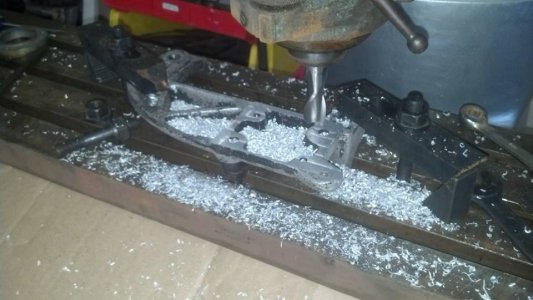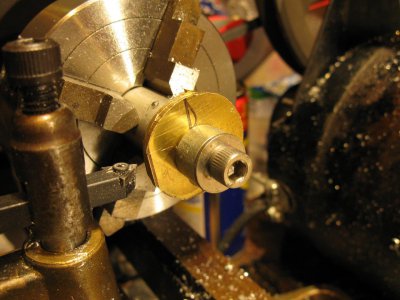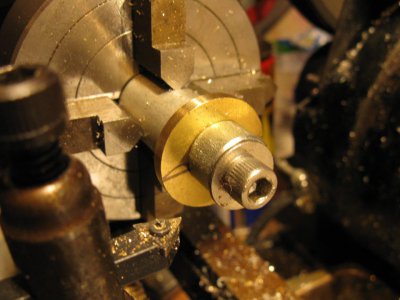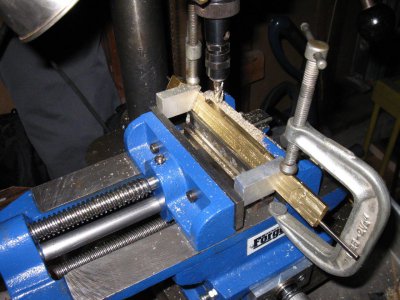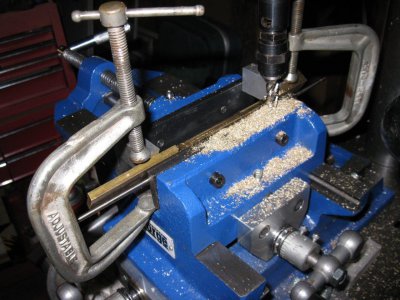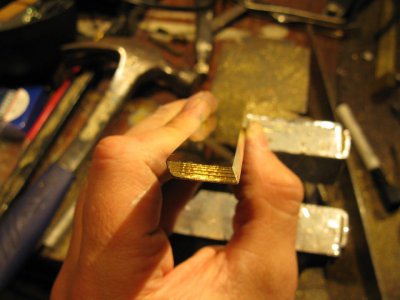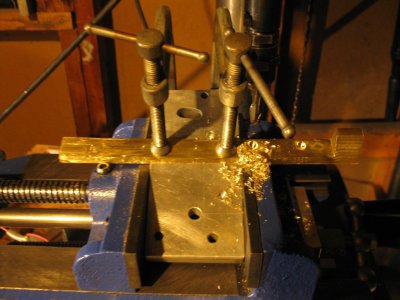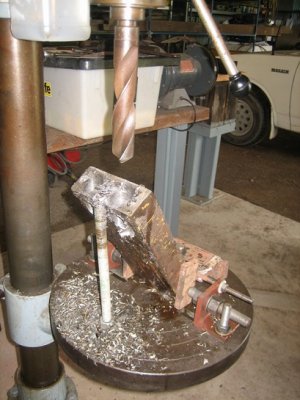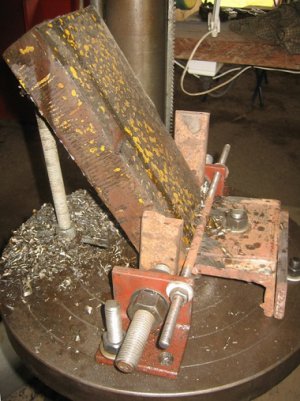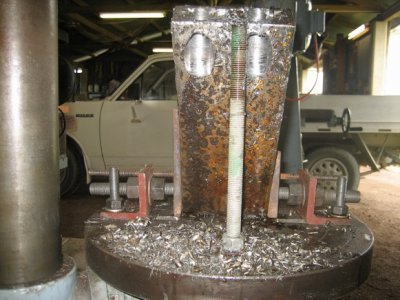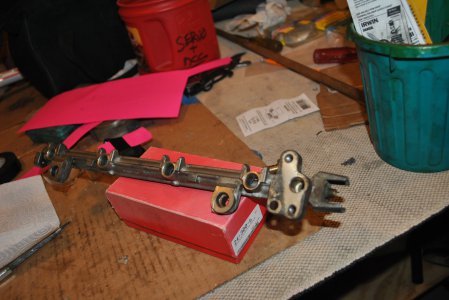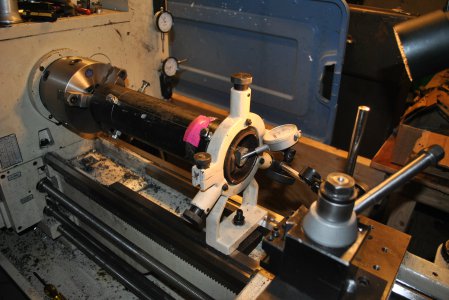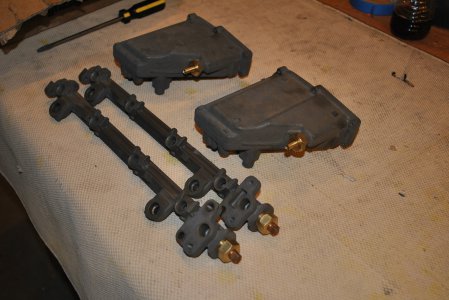- Joined
- Jun 23, 2011
- Messages
- 786
Sometimes when I have a project, I'm at a loss as to how to hold the workpiece. Especiallly if it has an odd shape, or a draft angle, etc. Workholding has always been a stumper for me: one of those things for which I have a perpetual brain block.
Please share some of your methods of workholding: Simple or complex. Lathe, grinder or mill. Unique or common. All ideas are welcome! Let's try to start something worthy of a sticky! Something that we all can learn from!
Photos are, of course, the best teacher, but a write up on somehting you've done in the past is cool too.
Cheers!
John
Please share some of your methods of workholding: Simple or complex. Lathe, grinder or mill. Unique or common. All ideas are welcome! Let's try to start something worthy of a sticky! Something that we all can learn from!
Photos are, of course, the best teacher, but a write up on somehting you've done in the past is cool too.
Cheers!
John


